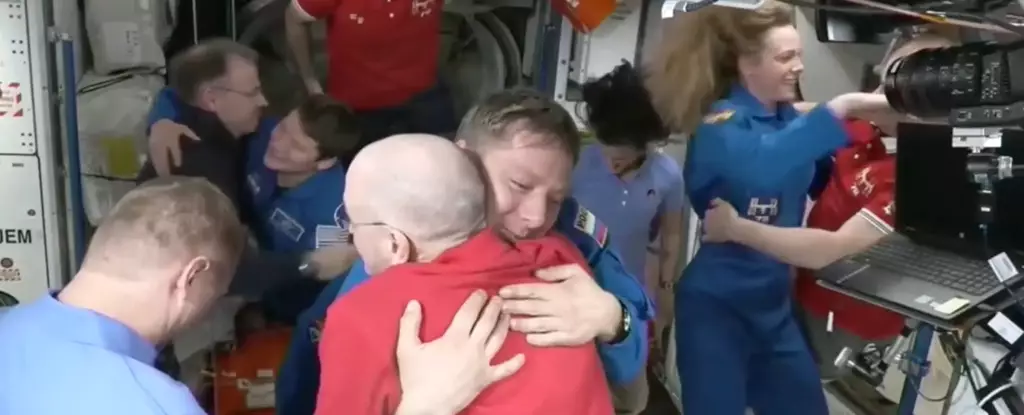In an exhilarating feat of engineering and human resilience, SpaceX’s Dragon spacecraft achieved a critical milestone on Sunday, successfully docking at the International Space Station (ISS). This momentous event not only marked another chapter in commercial space exploration but also set the stage for the much-anticipated return of US astronauts Butch Wilmore and Suni Williams. After an extensive nine-month mission, originally slated to last just eight days, their return home has become a testament to the adaptability and determination of space agencies and astronauts alike.
A Delayed Odyssey: Beyond Expectations
Wilmore and Williams found themselves inadvertently bonded by circumstance, as they extended their stay aboard the ISS since June 2024 due to unforeseen complications with Boeing’s Starliner spacecraft. Initially designed to support their return, the Starliner encountered serious technical difficulties—including helium leaks and thruster malfunctions—prompting a strategic decision from NASA to bring the vessel back to Earth uncrewed. This unfortunate setback turned what was meant to be a short mission into what could only be described as a prolonged odyssey.
Throughout their extended stay, both astronauts effectively transitioned into roles that embraced ongoing scientific research and station maintenance. Rather than allow the unexpected timeline to deter their spirits, Wilmore and Williams proactively contributed to vital experiments and data collection, demonstrating that space exploration is as much about flexibility and innovation as it is about sheer duration. Their ability to adapt to this extended mission has greatly benefitted not just their crew but the wider ambitions of NASA and humanity’s pursuit of knowledge beyond Earth.
Emotional Reunions and New Beginnings
The Crew-10 mission’s arrival at the ISS, heralded by joyous scenes of camaraderie, represents a hopeful punctuating moment in an unfolding narrative of space exploration. Astronauts Anne McClain, Nichole Ayers, Takuya Onishi, and Kirill Peskov, significantly boosted the spirits on board their new colleagues as they communicated with Wilmore and Williams. This animated reunion underscores the tightly-knit fraternity among space travelers, a community that thrives on mutual support and shared challenges in the inhospitable environment of space.
As Wilmore and Williams prepare for their return to Earth, they will participate in a handover that not only signifies the end of one journey but the commencement of another. They are joined by American astronaut Nick Hague and Russian cosmonaut Aleksandr Gorbunov, who also bring experiences from their own missions. This collective exchange of learnings and data between crews is crucial as humanity forges a path toward future deep space explorations, including missions to Mars.
The Implications for Future Missions
Looking forward, Crew-10’s mission is set to span approximately another six months in orbit, during which time they will continue important scientific research and human factors testing. The experiments conducted and knowledge gathered during this phase will lay essential groundwork for our future endeavors and aspirations beyond low Earth orbit.
In an age where space travel is becoming increasingly democratized through partnerships between private companies and government agencies, this successful docking and return exemplify the potential for human innovation and cooperation in exploring the cosmos. As we stand at the threshold of a new era in space exploration, the experiences of these astronauts serve as inspirational stories reminding us of the challenges, discoveries, and emotional highs that await us in the great unknown.


Leave a Reply